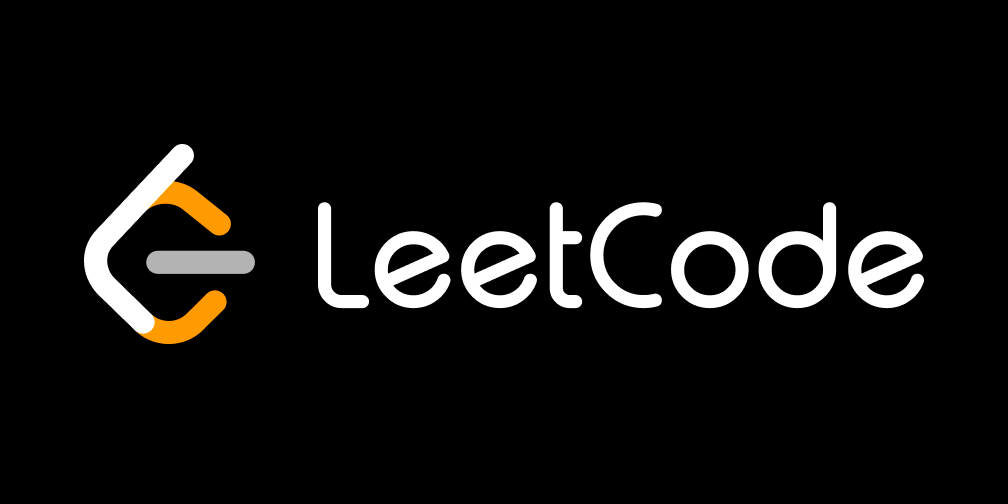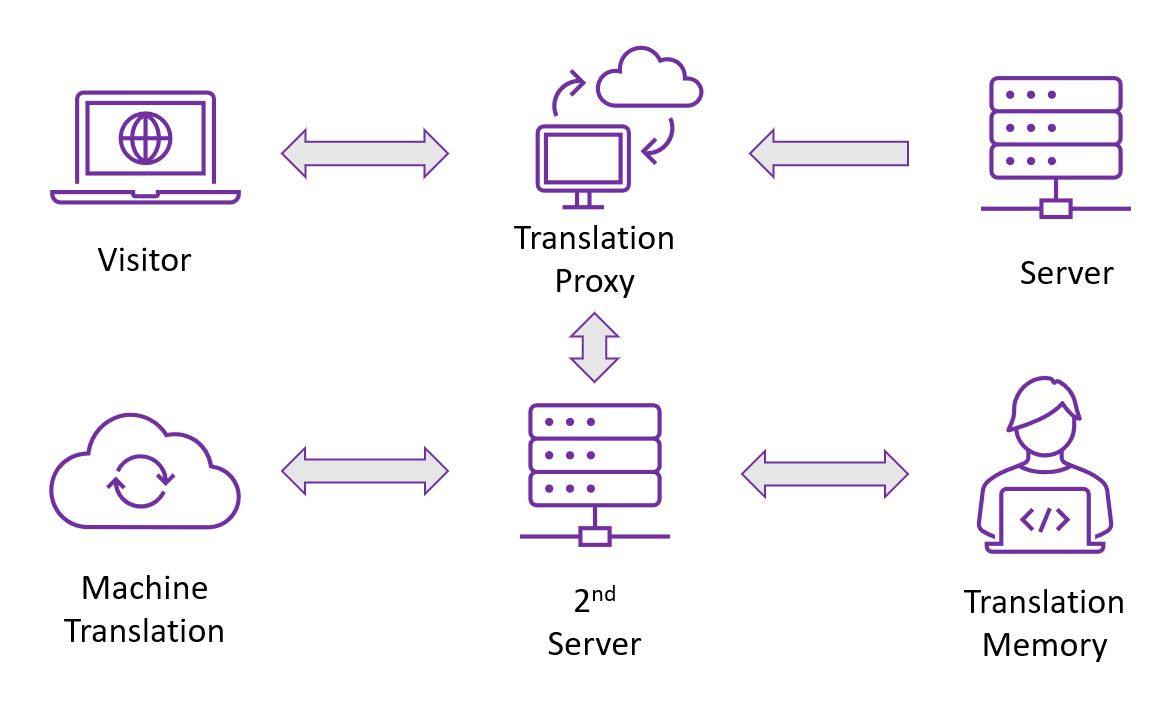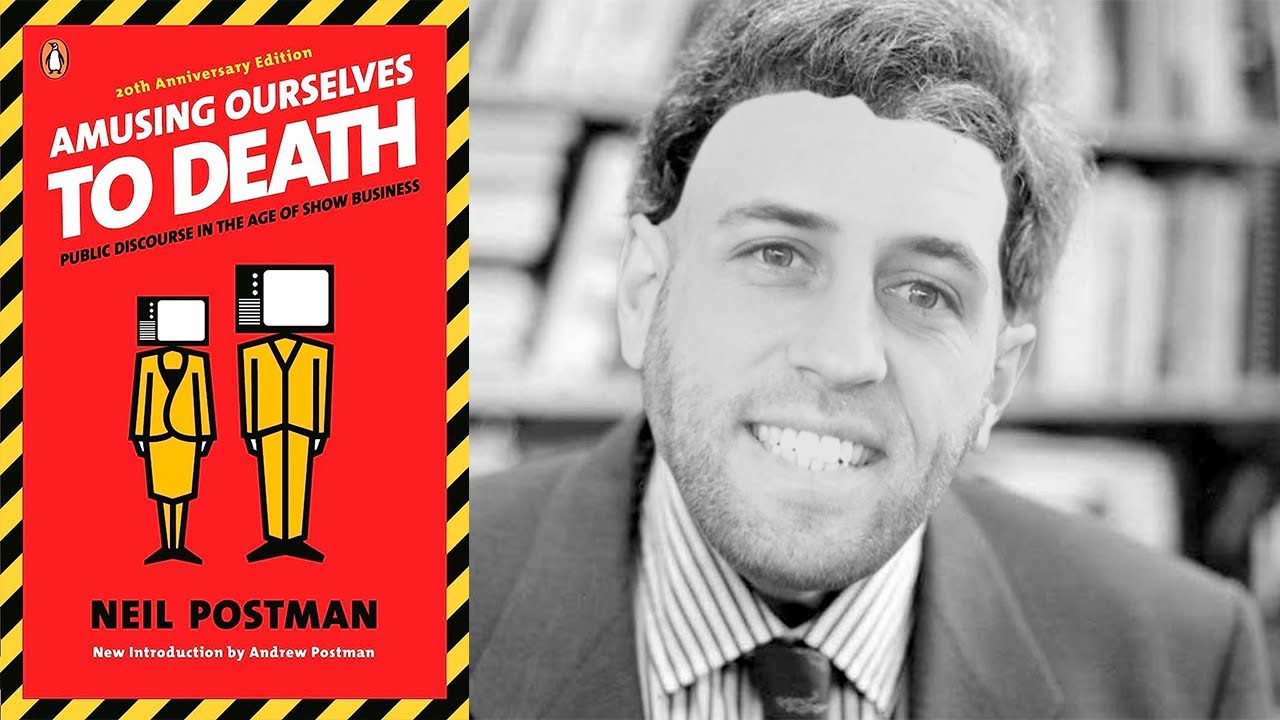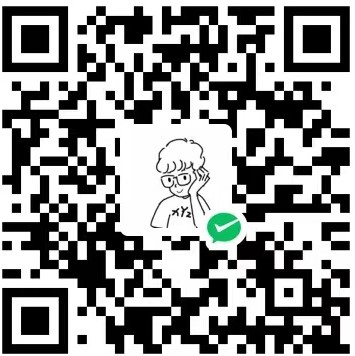
If you have ever wondered how your phone, browser, or favorite app "knows" how to display dates, currencies, or plural forms correctly in dozens of languages, the answer lies in a project called CLDR, short for Common Locale Data Repository.
CLDR is maintained by the Unicode Consortium, the same organization behind the Unicode standard that defines every character and emoji on your screen. While Unicode tells your system how to display text, CLDR tells it how to behave in each language and region.
What CLDR Actually Is
The Common Locale Data Repository (CLDR) is not a library or a framework. It is a massive, structured dataset that provides localized rules and metadata for languages and regions around the world. In other words, it is the world's largest and most authoritative collection of internationalization data.
This data covers every detail needed to localize content correctly, including:
- Date and time formats (yyyy-MM-dd vs. 25/10/2025)
- Number and currency patterns (1,000.50 vs. 1 000,50 €)
- Language and region names ("Chinese (China)" vs. “中文(中国)”)
- Plural categories and rules (such as one, few, many, other)
- Measurement systems (metric vs. imperial)
- Text direction (left-to-right vs. right-to-left)
- Weekday and month names, time zones, and much more
Together, these details ensure that when an app says "You have one message" in English, it will automatically display "Vous avez un message" in French and use the correct plural form when the number changes.
How CLDR Works Behind the Scenes
CLDR data is not something developers manually write into code. Instead, it serves as the foundation for many of the libraries and APIs we already use daily.
When you use a modern programming language or framework to format dates, numbers, or plural rules, it is very likely powered by CLDR under the hood.
In JavaScript
The built-in Intl API uses CLDR data through the ICU (International Components for Unicode) library:
new Intl.NumberFormat('fr-FR').format(1234567.89);
// → "1 234 567,89"
In Python
The Babel library reads CLDR data directly:
from babel.dates import format_date
print(format_date(date(2025, 10, 25), locale='zh_CN'))
# → 2025年10月25日
Why CLDR Matters to Localization Professionals
For localization engineers, project managers, and developers, CLDR is not just a dataset. It represents standardization, consistency, and automation.
- Standardization: CLDR defines consistent locale codes (en-US, fr-CA, zh-Hans-CN) that align with international standards.
- Consistency: Every modern system—whether Google, Apple, or Microsoft—uses CLDR-based rules, ensuring uniform user experiences.
- Automation: With CLDR, developers can automate the display of local conventions instead of hardcoding regional rules manually.
- For localization project managers, understanding CLDR also helps when working with translators or engineers on UI constraints, plural rules, and language-specific QA checks.
How You Can Use It Directly
If you are building a localization platform or a custom QA automation tool, you can download CLDR's open-source data from GitHub. The repository includes JSON files for plural rules, currency formats, and language metadata.
You can load them into your own codebase and programmatically determine language-specific behavior, for example:
import plurals from './cldr-core/supplemental/plurals.json' assert { type: 'json' };
const rules = plurals.supplemental['plurals-type-cardinal']['fr'];
console.log(rules); // shows the plural rule definitions for French
Or in a more specific example:
import json
from babel.plural import PluralRule
with open("CLDR.json", "r", encoding="utf-8") as f:
data = json.load(f)
# read arabic Plural rule
rules = data["supplemental"]["plurals-type-cardinal"]["ar"]
# {category: rule_expression}
rule_dict = {key.replace("pluralRule-count-", ""): value.split("@")[0].strip()
for key, value in rules.items()}
# PluralRule entity
rule_ar = PluralRule(rule_dict)
print("Arabic CLDR Plural Rules:")
for category, rule_text in rule_dict.items():
print(f" {category}: {rule_text}")
# “كتاب” (book) example
messages = {
'zero': 'لا كتب', # 0 → no books
'one': '{n} كتاب', # 1 → 1 book
'two': '{n} كتابان', # 2 → 2 books
'few': '{n} كتب', # 3–10 → few
'many': '{n} كتاباً', # 11–99 → many
'other': '{n} كتاب' # fallback
}
def localize_message(n):
category = rule_ar(n)
return f"{n}: {messages.get(category, messages['other']).format(n=n)} ({category})"
print("\nSample outputs:")
for n in [0, 1, 2, 3, 7, 11, 25, 101]:
print(localize_message(n))
This approach gives you full control over pluralization, QA checks, or validation workflows across languages.
Reference
https://cldr.unicode.org/
https://github.com/unicode-org/cldr
https://raw.githubusercontent.com/unicode-org/cldr-json/main/cldr-json/cldr-core/supplemental/plurals.json







